Reviews:
No comments
Related manuals for WP-CP1 - Underwater Housing
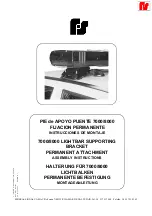
7000
Brand: Federal Signal Corporation Pages: 13
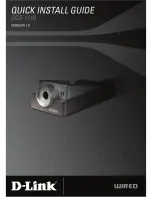
DCS-1110 - Network Camera
Brand: D-Link Pages: 16

625
Brand: Manfrotto Pages: 2

DBS
Brand: IBS Pages: 24
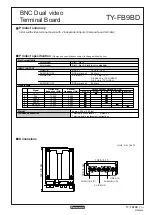
TY-FB9BD
Brand: Panasonic Pages: 1

10475
Brand: Pacbrake Pages: 9

ReVIVE series
Brand: Accessory Power Pages: 36
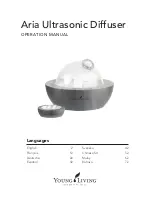
Aria
Brand: Young Living Pages: 41

S8
Brand: Baja Designs Pages: 6

WG2
Brand: FeiYu Tech Pages: 5

VLOG Pocket
Brand: FEIYUTECH Pages: 19

SCORP-C
Brand: FeiYu Tech Pages: 25

SPG
Brand: FEIYUTECH Pages: 16

HW Series
Brand: wanscam Pages: 19
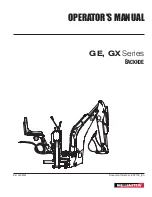
GE Series
Brand: Wallenstein Pages: 48

39030
Brand: UMBRA RIMORCHI Pages: 18

WAV151
Brand: Vaisala Pages: 2

SideWinder
Brand: Yakima Pages: 8

















